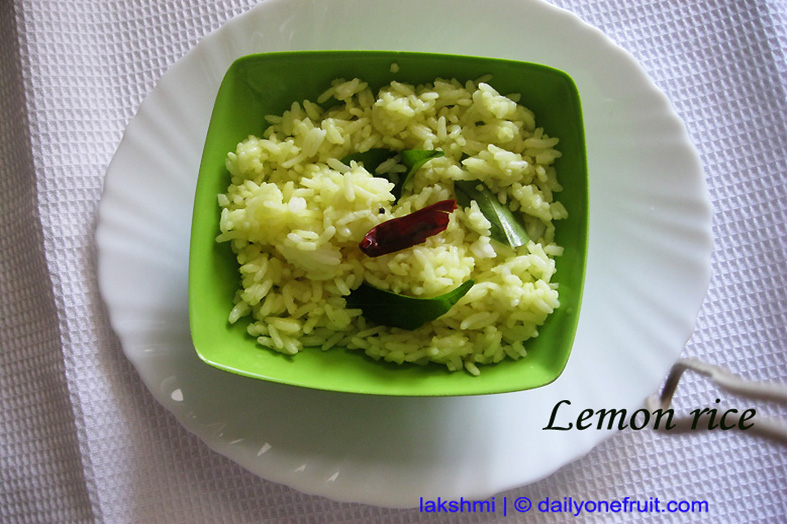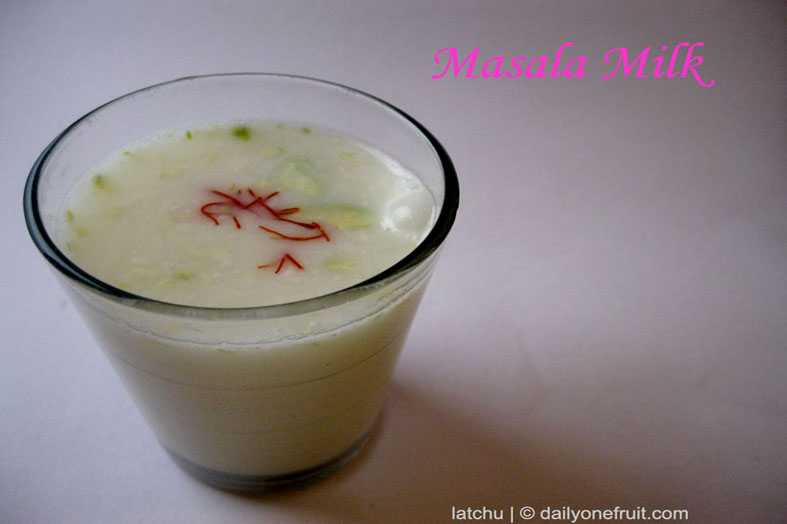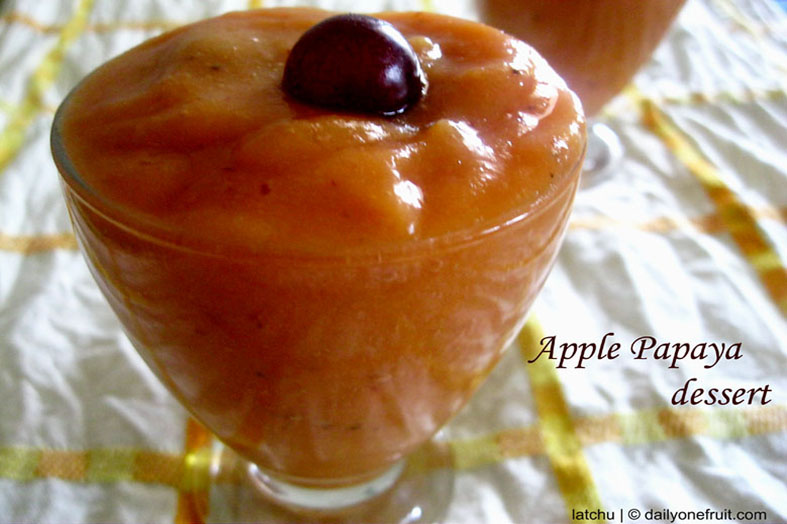
Health Facts Of Cat eye Fruit
Cat eye Fruit is Scientifically called as “Syzygium zeylanicum”.
ORIGIN OF CAT EYE FRUIT
Syzygium zeylanicum , the spicate eugenia, is a species of flowering plant in the family Myrtaceae.
Cat eye is widely distributed, from Madagascar and India (western ghats in Kerala) to China, Southeast Asia . It prefers coastal secondary forests, forest edges, and riverbanks.
OTHER NAMES OF CAT EYE FRUIT
spicate eugenia, Poochapazlam, Vennaval, Doll’s eye, Cat’s Eye fruit, White Berry, Chaliyakkani, Kattuvayanilla, Pula, Velutthakanali, malarkkay maram, and pulakkay maram .
APPEARANCE OF CAT EYE FRUIT
Cat eye fruit is white.
Cat eye fruits are small white round berries 5-12 mm, crowned with calyx segments and sweet pulp.
The Cat eye plant is similar to an ornamental plant, having a lot of leaves and a bunch of fruits on every branch just like grapefruits.
TASTES OF CAT EYE FRUIT
Cat eye delicious fleshy fruit smell like fried rice flak/puffed rice.
ABOUT TREE OF CAT EYE FRUIT
The Cat eye fruit plant is a shrubby tree typically reaching 12 m (39 ft).
The tree itself is quite attractive with light brown bark, dark-green pinnate leaves and small, white flowers held in terminal panicles.
The flowers are like cat fur that is the reason the plant is called cat eye fruit plant.
The flowers bear a smaller amount of fragrance.
Flower become the Cat eye fruit which is covered by thin brown and some what woody skin that can be easily peel off by hand.
Health Facts Of Cat eye Fruit
Poochapazham or cat eye fruit is known for its protein, minerals, folate, and other micro minerals, that are required for the development of the brain and body, especially for children.
Cat eye fruit nutrients help in good sleep.
Cat eye fruit reduce anxiety and nerve disorder ,mostly help in function of brain with good mood.
Cat eye fruit is important to grow in every home that gives importance to the health of children.
The cat eye plant is easy to grow which needs no constant care.
The botanical name of poochapazham is Syzygium Zeylanicum.





















































